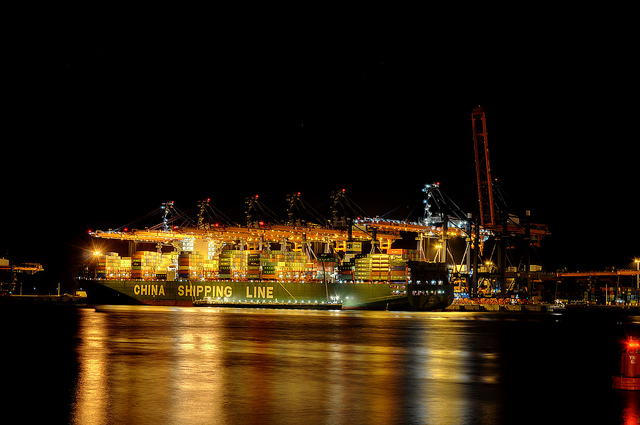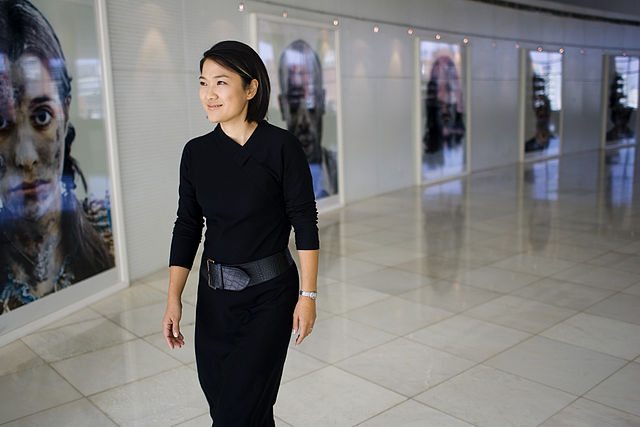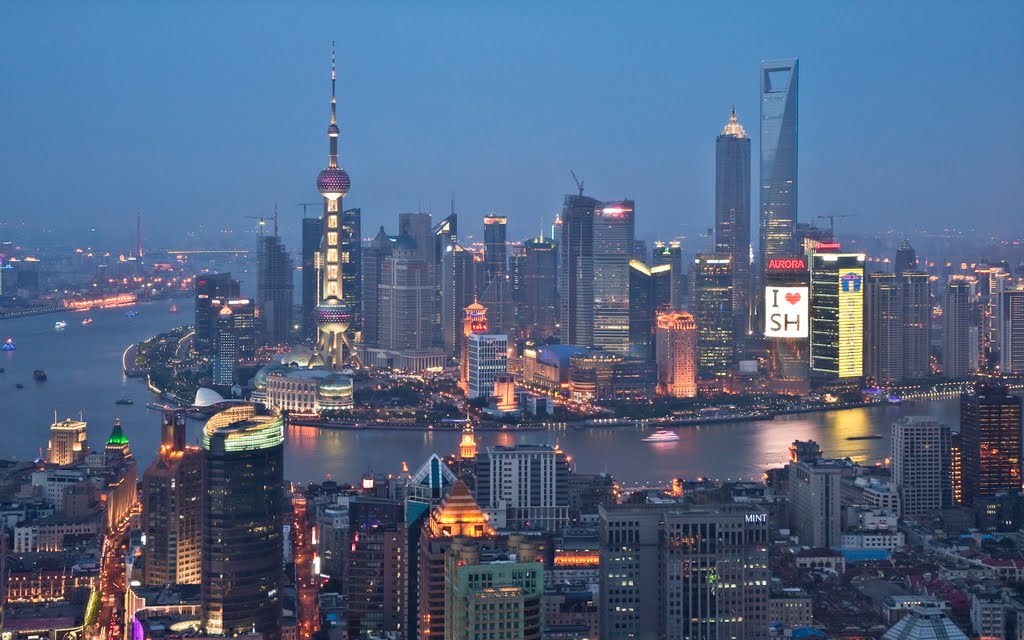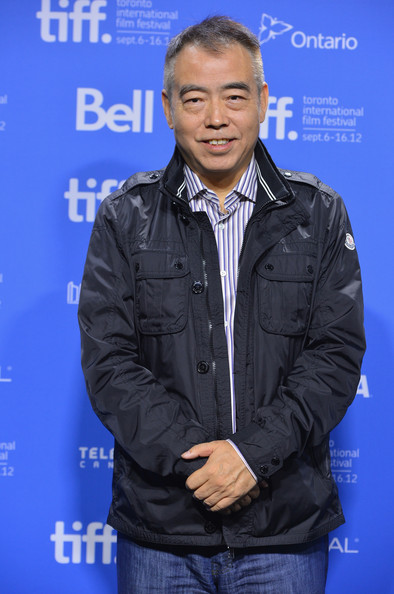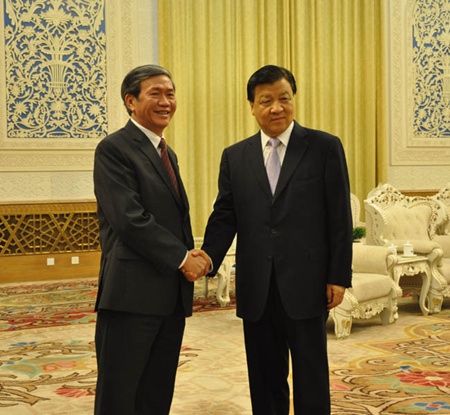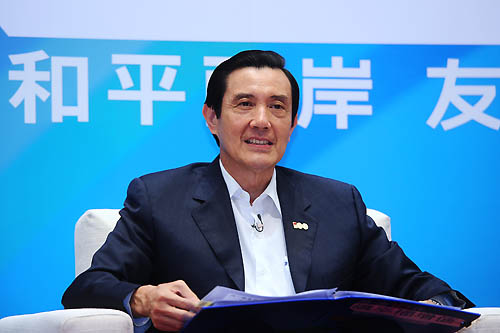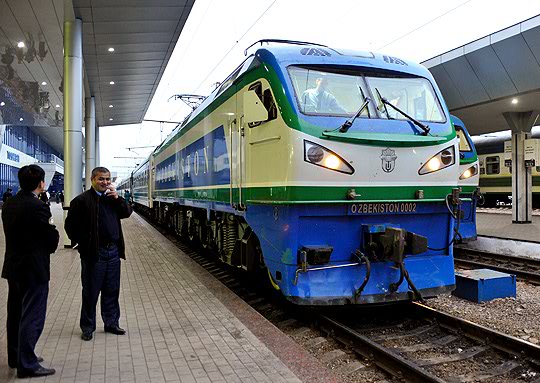
(Photo: ADB)
by David Parmer
The Silk Road-just the name brings to mind images of camel caravans crossing vast empty spaces bringing trade goods from one civilization to another. The total distance of the ancient trade routes connecting East, South and Western Asia with the Mediterranean world and North Africa is estimated to be about 8,000 km, or about 5,000 miles. From the second century BC, goods crossed those vast distances and connected civilizations. Then, in the sixteenth and seventeenth centuries with the rise of global navigation and the opening of sea lanes, these ancient trade routes fell into decline and disuse.
Things stayed pretty much the same with little but historical interest until around the turn of this century, when things again began to heat up. Interest in the revival of the Silk Road came from two major sources, the United States and the Asian Development Bank.
The United States needed to supply its forces and coalition forces in Afghanistan after the closure of its Pakistan supply route. In 2009, it created the Northern Distribution Network (NDN) which was a logistics chain that stretched from Europe down to Afghanistan. At the same time the U.S. proposed a new Silk Road. The problems inherent in this venture included complicated customs procedures and the widespread existence of bribery. The US initiative was rated as having mixed results. Meanwhile, the Asian Development Bank had its own vision of a new Silk Road to accelerate growth and reduce poverty in central Asia. To facilitate this vision, it created the Central Asian Regional Economic Cooperation Program (CAREC) back in 1997. Countries involved were Afghanistan, Azerbaijan, The PRC (China) Kazakhstan, Kyrgyz Republic, Mongolia, Pakistan Tajikistan, Turkmenistan and Uzbekistan. To date, it has spent $USD 38 billion to build road, rail logistics and border facilities. Its aim is to develop new road and rail links between central Asia, China and South Asia.
China has long looked west, and seen Urumqi in its western end as the logical jumping off point. And once again, Chinese made goods are headed toward Europe overland. The prime mover this time is not the camel caravan, but is rail transport, a nineteenth-century technology that is still very much with us. Manufactures in China both domestic and foreign are looking to rail as their shipping means of choice. While rail can be up to 25% more expensive than sea transport, the time efficiency is greater. Time by rail is estimated to be 20 days, loading dock to loading dock, a savings of 10 days over sea transport.
Rail is not without its problems. One of the biggest being rail gauges, i.e. track size. China, Turkey, Iran and Afghanistan use standard gauge, while Georgia, Armenia, Azerbaijan and Russia use the wider Russian gauge. This causes delays including off loading and on-loading of China cargo in Kazakhstan were gauges change. Other problems include complicated customs procedures and corruption as mentioned. Of note was a simple customs union set up by Kazakhstan, Russia and Belarus in 2012 which resulted in the elimination of lengthy inspections and the reduction in the amount of theft.
The new Silk Road is already beginning to have far reaching effects. For example, many manufacturers, including computer giant Hewlett Packard have moved to Chongqing in Southwestern China and now ship overland from China to Europe via Kazakhstan, Russia, Belarus, Poland, and Germany. HP’s precedent will clearly inspire others to test the waters and export west along the new/old Silk Road.
 日本語
日本語 English
English 中国語
中国語

